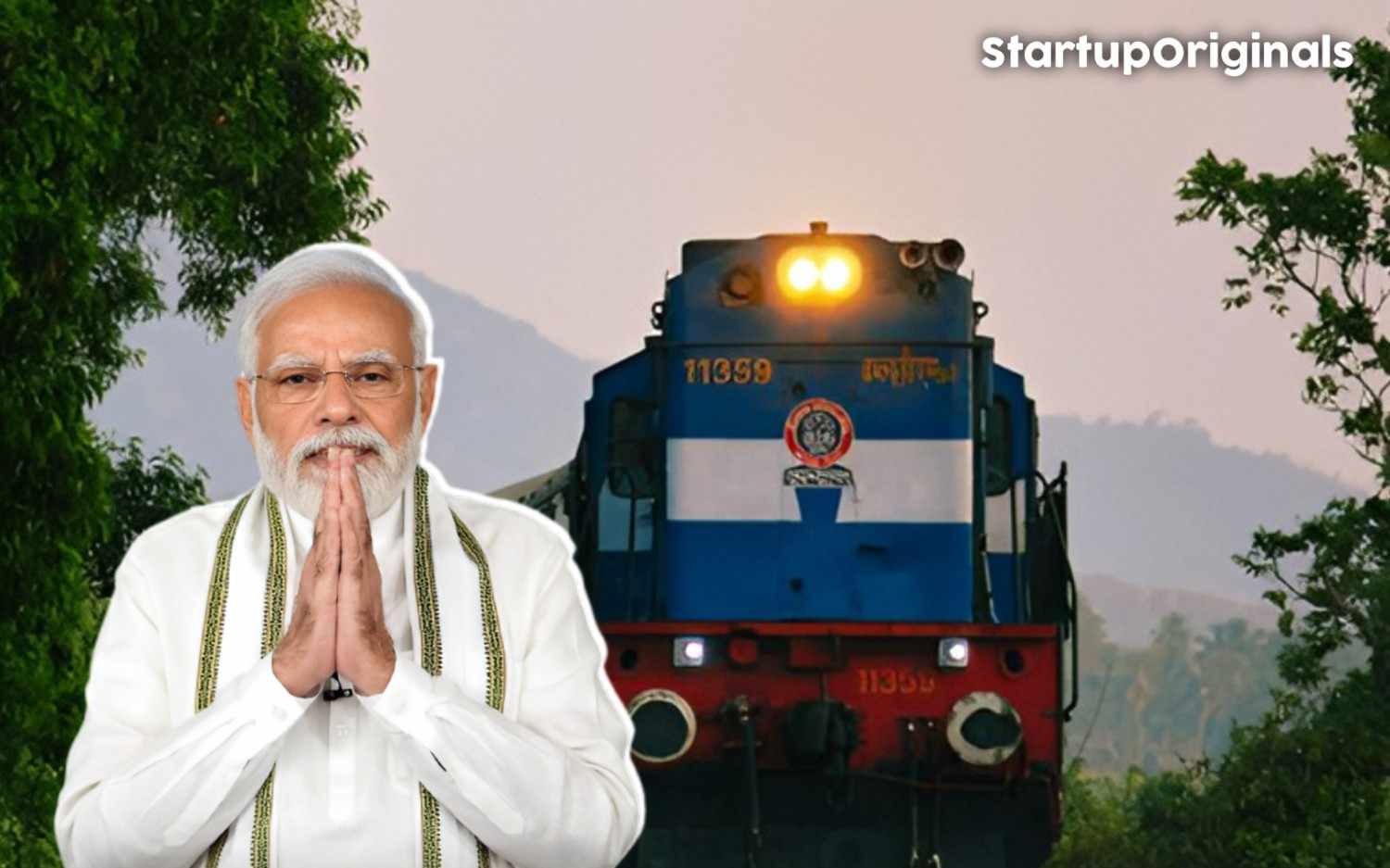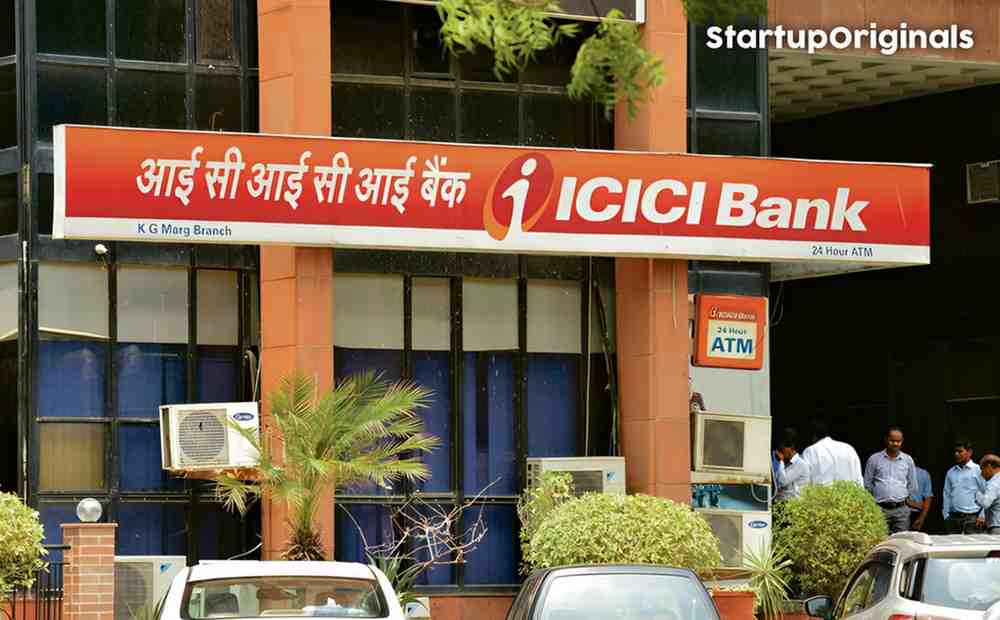
India’s infrastructure push gained significant momentum as Prime Minister Narendra Modi announced four crucial railway multitracking projects, collectively valued at ₹11,169 crore. These ambitious undertakings aim to transform rail connectivity across Maharashtra, Madhya Pradesh, West Bengal, Bihar, Odisha, and Jharkhand, offering massive benefits for both freight and passenger movement.
A Massive Boost for Indian Railways:
The decision, approved by the Cabinet Committee on Economic Affairs and chaired by PM Modi, is a strategic move to ease congestion, enhance logistical efficiency, and drive economic growth through world-class rail infrastructure. The projects will collectively extend the Indian Railways network by about 574 kilometers, a significant step under the government’s PM Gati Shakti National Master Plan.
Project Breakdown: Where Change Will Happen
1. Itarsi–Nagpur (4th Line)
This additional line on the busy Itarsi-Nagpur corridor will reduce bottlenecks on one of Indian Railways’ most important freight and passenger routes, enabling smoother and more punctual services.
2. Aurangabad (Chhatrapati Sambhajinagar)-Parbhani (Doubling)
The doubling of this track will strengthen the rail link within Maharashtra, making transportation faster and more reliable for goods and commuters alike.
3. Aluabari Road-New Jalpaiguri (3rd and 4th Line)
By adding two extra lines, this section will significantly improve connectivity for West Bengal and the Northeast. It will handle increased traffic and support regional economic growth.
4. Dangoaposi-Jaroli (3rd and 4th Line)
Expansion here will especially benefit mineral movement in Odisha and Jharkhand, regions rich in resources and crucial for India’s industrial growth.
Impact Highlights:
Enhanced Connectivity and Reach
- 13 districts across six states will get improved rail infrastructure.
- The enhancement will directly benefit about 2,309 villages with a combined population of approximately 43.6 lakh people.
Economic and Social Benefits
- The projects are projected to handle an additional 95.91 million tonnes of freight per annum, supporting the movement of coal, cement, agricultural produce, petroleum products, and more.
- Direct employment of about 2.29 crore person-days is expected to be generated during the construction period, providing a significant economic boost to local communities.
Environmental Advantages
- The expanded rail network is anticipated to reduce oil imports by 16 crore litres annually and cut CO₂ emissions by 515 crore kilograms-the equivalent of planting 20 crore trees.
- Railways, as an energy-efficient mode of transport, will help India progress toward its climate goals while reducing logistics costs.
Technological and Strategic Planning
- All four initiatives are aligned with the PM Gati Shakti National Master Plan for integrated, multi-modal connectivity.
- The focus is on easing congestion, improving operational efficiency, and ensuring the reliable movement of people and goods across major routes.
Conclusion: A Vision for Modern, Efficient Transport
With these four multitracking projects, India’s railways are set for a generational leap. The government’s proactive planning under PM Modi’s leadership underscores its commitment to building a modern, sustainable, and inclusive transportation network-a backbone for India’s growth story.




